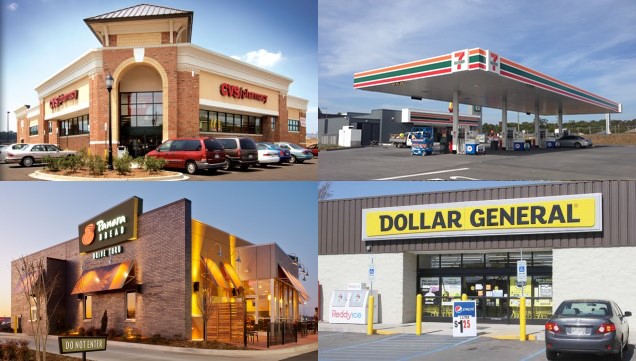CHICAGO—Cap rates in the net lease market went on a long-term slide for several years as the economy recovered from the recession, with single tenant retail properties experiencing an especially steep drop. But the rates for all property types stabilized about 18 months ago, and signs now point to likely increases in the coming year.
In a recent national survey conducted by The Boulder Group, a Northbrook, IL-based net lease firm, the vast majority of active net lease participants expect cap rates to rise in 2018. According to 39% of the respondents, rates will increase between 25 and 49 bps by the end of 2018, and another 22% say rates will go up by more than 50 bps. Just 9% think rates will move down.
The Federal Reserve could have a big impact in 2018. Jerome Powell, the next Fed chairman, “is expected to continue his predecessor's careful path toward gradually tightening monetary policy,” according to a recent report from Chicago-based LaSalle Investment Management.
Recommended For You
Want to continue reading?
Become a Free ALM Digital Reader.
Once you are an ALM Digital Member, you’ll receive:
- Breaking commercial real estate news and analysis, on-site and via our newsletters and custom alerts
- Educational webcasts, white papers, and ebooks from industry thought leaders
- Critical coverage of the property casualty insurance and financial advisory markets on our other ALM sites, PropertyCasualty360 and ThinkAdvisor
Already have an account? Sign In Now
*May exclude premium content© 2025 ALM Global, LLC, All Rights Reserved. Request academic re-use from www.copyright.com. All other uses, submit a request to [email protected]. For more information visit Asset & Logo Licensing.









